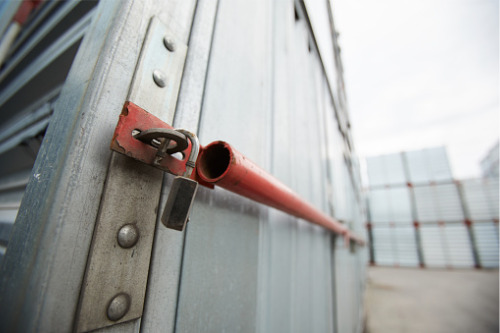

Two-thirds of incidents related to cargo damage are caused or exacerbated by poor practices at the time goods are packed in a freight container, according to a report by freight transport and logistics insurance provider TT Club.
“Such supply chain malpractice results in multi-million-dollar losses, including tragic container-ship fires with loss of seafarers’ lives and significant delays,” TT Club said. Such incidents are estimated to cause economic losses in excess of US$6 billion per year.
Cargo interests, including retailers, manufacturers, exporters and importers, need to take responsibility to mitigate risks, TT Club said.
“The dangers are not just restricted to chemical cargoes such as those used in paints, cosmetics, cleaning products, fertilizers, weed killers and aerosols of all types,” said Michael Yarwood, managing director of loss prevention at TT Club. “A wide variety of consumer goods, as well as components used in the manufacture of industrial products, domestic white goods and automobiles, if incorrectly handled in transit, can cause major disasters.”
That list even includes seemingly innocuous cargo like wool, vegetable fibers, and building materials, Yarwood said.
“Those involved in sourcing, importing, storing, supplying or selling such commodities should ensure their procurement logistics standards are of the highest level,” he said.
The risks of supply-chain dereliction often go unnoticed, TT Club said. However, mishandling of cargo can result in unacceptable danger to those who transport them, the environment, the general public, and brand reputations.
Those that profit from the efficiencies and opportunities of global supply chains need to be confident that cargo is packed, prepared, and dispatched in accordance with industry standards and within regulatory frameworks, the insurer said.
“So what are industry standards? The simple answer is the Code of Practice for Packing of Cargo Transport Units (CTU Code),” Yarwood said. “It provides comprehensive information on all aspects of packing and securing of cargo in freight containers and other transport units across all sea and land transport modes. The code guides not only those responsible for packing and securing cargo, but those who receive and unpack the goods. It also addresses the vital issue of correct description and declaration of the goods, including any specific information about the treatment of dangerous goods.”
TT Club and its partners in the Cargo Integrity Group have compiled a “Quick Guide” to the code. The guide includes a checklist of actions and responsibilities for those packing cargo in freight containers.
